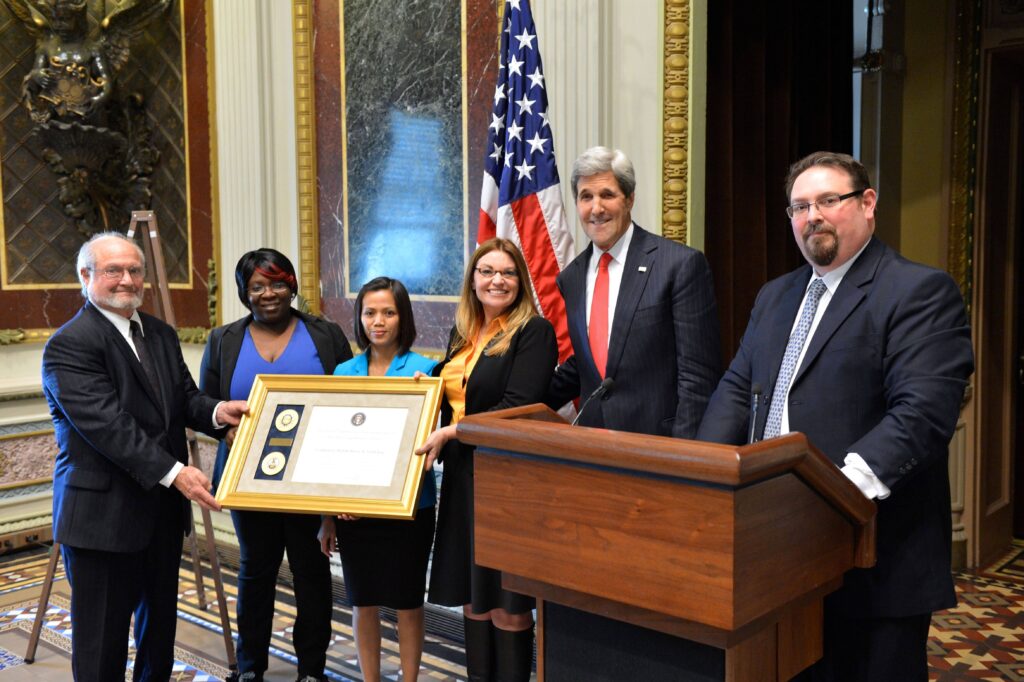
NGOCSTIP – UN and EU Launch Bold Anti‑Trafficking Alliance marked a significant milestone in international cooperation when the European Union and the Inter‑Agency Coordination Group against Trafficking in Persons met on 18 July 2025. The gathering brought together senior policy makers and analysts from both organizations with a unified purpose to address trafficking challenges spanning continents, notably from Latin America to Europe. In-depth trend analysis was shared to highlight shifting trafficking routes and emerging recruitment strategies. This meeting represented a turning point because it paved the way for realignment of data sharing protocols, joint enforcement methods, and synchronized victim support frameworks. Participants agreed that seamless communication and rapid intelligence flow are essential for dismantling transnational trafficking rings. This initiative demonstrated that global crime can be met effectively when institutions are willing to synchronize their efforts and prioritize shared responsibility in protection and prevention.
UN and EU Launch Bold Anti‑Trafficking Alliance also gathered policy experts to build a strong framework for joint action. Participants explored ways to harmonize anti‑trafficking laws across jurisdictions so traffickers cannot take advantage of legal gaps. They proposed integrating real‑time data systems to send instant alerts on suspicious activities. Both organizations designed data exchange protocols that allow designated units to access intelligence from border checks, migration systems, and law enforcement databases. Legal experts highlighted the need to cross-validate records to improve accuracy and ensure proper victim identification. The alliance aims to eliminate information silos that often block fast responses. Coordinated data efforts will enable teams to repatriate victims faster and prosecute traffickers more effectively. The cooperation established during the meeting creates a foundation for flexible and effective collaboration that can counter evolving trafficking strategies.
Another critical focus of the UN and EU Launch Bold Anti‑Trafficking Alliance meeting centered on developing joint operational strategies for field interventions. Field officers from both regions shared expertise on undercover operations, surveillance methods, and raid coordination. The organizers planned collaborative cross-border task forces with shared mandates. These teams will launch synchronized raids using joint intelligence to block escape routes and close gaps in jurisdiction. Trainers will guide border officials to better recognize trafficking indicators through intensive programs. Teams will conduct victim rescue missions more frequently and with tighter coordination. The alliance will pool its resources to send rapid response units during emergencies. These strategies aim to break down trafficking networks before they regroup or relocate.
A core theme in the UN and EU Launch Bold Anti‑Trafficking Alliance focused on protecting and rehabilitating victims. Both organizations committed to aligning protocols for safe shelters and psychological support services tailored to trafficking survivors. They discussed joint funding mechanisms to maintain sufficient shelter capacity in transit countries. Teams reviewed reintegration programs with emphasis on vocational training, legal aid, and community awareness campaigns. Stakeholders pledged to reduce secondary victimization and prevent re‑trafficking after rescue. Medical teams and counselors will expand assistance through shared resources. Survivors will gain easier access to legal pathways for asylum or residency. The alliance intends to coordinate support services to create a strong and consistent protection network during recovery. This victim‑centered model aims to strengthen long-term healing and build greater trust in global collaboration.
“Read more: Mark Rothko: The Abstract Legend Whose Art Hid a Tragic Secret”
As part of the UN and EU Launch Bold Anti‑Trafficking Alliance agenda, both parties outlined a roadmap to expand global partnerships. The next step involves outreach to governments in Latin America, Africa, and Asia to encourage alignment with the new framework. A global network is envisaged where anti‑trafficking agencies can share best practices and resources. Pilot programs are being drafted to test deployment of joint action plans across different regions. Periodic review sessions will evaluate the alliance’s impact, with adjustments made based on field feedback. Technology solutions such as AI‑driven risk mapping and blockchain‑based victim documentation systems are under consideration. By scaling cooperation beyond Europe and Latin America, the alliance aims to deliver comprehensive global coverage. This shift from regional to inclusive global coordination serves as a blueprint for future international crime‑fighting alliances.